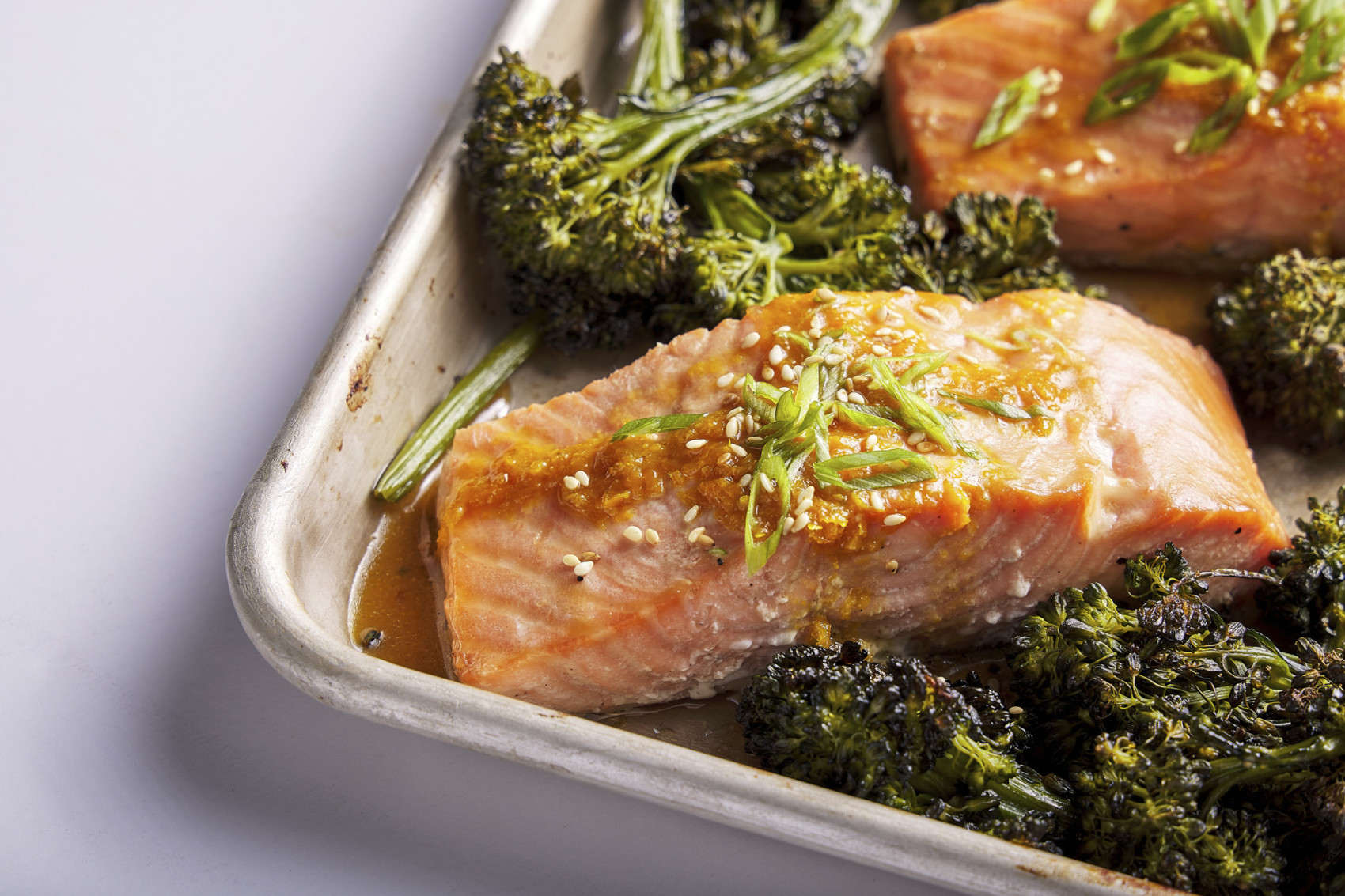
Under 25 Minutes Good for Two Tempura Rice Bowl Donburi
Tendon, short for tempura donburi, is a Japanese dish featuring steamed rice topped with crispy tempura and drizzled with a rich, sweet soy sauce-based thick sauce. This sauce perfectly complements the crispy tempura, enriching it with a deep umami flavor that’s both bold and comforting.
A similar dish, called tenju, is served in a jubako, a traditional Japanese box-style tableware, offering a more formal presentation while still highlighting the same crispy tempura and savory flavors.
Making tendon at home is surprisingly straightforward. For two servings, preparation takes about 10 minutes, and deep-frying requires an additional 10-15 minutes. While achieving the perfect crispy texture can seem challenging, following a few key tips will make it much easier to master.
You can purchase tendon sauce online or from Japanese supermarkets. However, if you want to try making it yourself, my recipe includes an easy and quick version of the sauce that you can prepare at home.
The tempura in tendon is typically made from a mix of seafood and vegetables. Common ingredients include:
- Seafood: Shrimp, squid, and conger eel.
- Vegetables: Shishito peppers, shiso leaves, pumpkin, eggplant, and lotus root.
- Additional options: Sweet potato, dried nori seaweed, mushrooms, or even an egg.
Here are some tips for making the perfect tempura:
- Use cold water for the batter: When preparing the tempura batter, use cold water to prevent gluten from forming, which can make the texture thick and dense. Avoid overmixing for the same reason, as a light and airy batter is key to achieving crispy tempura.
- Monitor the oil temperature: The oil temperature is crucial for perfect frying. Keep it between 170-180°C. Add the ingredients in small batches to maintain this temperature. Once the ingredients are in the oil, avoid stirring or touching them too much—this helps the batter adhere properly.
- Drain excess oil properly: After frying, place the tempura on a wire rack to drain excess oil. Ensure the pieces don’t overlap to maintain their crispiness.
Tendon is a simple yet deeply satisfying dish that brings together the best of Japanese cuisine. Whether you enjoy it at a restaurant or recreate it in your kitchen, it’s sure to become a favorite!
Overview
Prep time: 10 mins
Cook time: 15 mins
Total time: 25 mins
Total servings: 2
Difficulty: Medium
Ingredients
- 4 pieces of shrimp
- 4 Shishito peppers
- 2 slices of pumpkin
- 2 shiso leaves
- 2 pieces of dried nori seaweed
- 60 g maitake mushrooms
- Low-gluten flour (as needed; for dusting)
- Low-gluten flour (as needed; for the batter)
- 200 ml cold water (for the batter)
- 26g beaten egg
- 100 ml bonito dashi soup stock (for the sauce)
- 50 ml soy sauce (for the sauce)
- 2 Tbsp mirin (for the sauce)
- Cooking oil (as needed, for deep-frying)
- 200g steamed rice
Expert's Tip

If making tempura feels a bit challenging, this tempura flour is here to help! It’s a convenient flour mixture designed specifically for making tempura batter. With this mix, all you need are water and your preferred ingredients to create deliciously crispy and crunchy tempura. No need to worry about following the tips!
Instructions
1) Gather the Ingredients
Gather all the ingredients, then place the water in the fridge ahead of time. Next, sift the low-gluten flour to ensure it’s smooth and free from clumps.
2) Prepare the Sauce
In a small pot, combine all the ingredients for the tendon sauce. Bring the mixture to a boil, then dissolve the sugar and stir well. Once it boils, reduce the heat and let it simmer for 3-5 minutes over medium heat until the sauce thickens slightly.
3) Prepare the Ingredients
Shishito peppers: Remove the stems and make a small cut in the middle to prevent bursting during deep-frying.
Shrimp: Peel the shrimp and remove the pointed tail shell. The tail holds water, which can cause oil splatter, so cut off the edge of the tail and gently slide a knife to squeeze out any remaining water.
Make a shallow cut along the back to remove the vein. For a straight fry, make three shallow vertical cuts along the belly side, then gently bend the shrimp backward to straighten it.
4) Prepare the Batter
In a bowl, combine the cold water and the beaten egg, mixing well with chopsticks. Add this mixture to the sifted flour. Use a whisk to stir, but leave some lumps, this will give the batter the desired texture of being slightly lumpy and fluid.


5) Coat the Tempura
Lightly coat the ingredients with flour, then dip them into the tempura batter from Step 4. Ensure that each ingredient is evenly coated.
6) Deep-Fry
Prepare a deep-frying pot with at least 3 cm of oil and heat it to 170-175°C. Test the temperature by dropping a bit of batter into the oil. If the batter sinks and then floats to the surface, the oil is ready. Fry the ingredients as follows:
Shishito Peppers: 40-50 seconds
Kabocha (Pumpkin): 2-3 minutes
Shiso Leaves & Nori: 20-30 seconds
Shrimp: 1.5-2 minutes
Maitake Mushrooms: 2 minutes
After frying, drain on a wire rack. Remove any residue and clean the oil if it becomes cloudy. Fry in small batches to maintain oil temperature. For extra crispiness, sprinkle batter on the ingredients while frying.


7) Serve and Enjoy!
Prepare a donburi bowl and add the steamed rice. There are two ways to serve tendon:
1. Drizzle the tendon sauce (from Step 2) over the rice, then arrange the tempura on top. You can drizzle more sauce on top if desired.
2. Dip each piece of tempura into the tendon sauce and then arrange it neatly on the rice.
About the author
Megumi is a recipe writer based in Chiba, Japan. She carries a Bachelor in the Faculty of Foreign Studies and is interested in creating content about Japanese cuisine and traditional confectioneries. Megumi is most interested in making Japanese recipe content, and in her free time, she likes to play the piano, make handcrafted goods, and hula dance. She hopes to inspire Japanese Taste readers to make Japanese recipes at home and of course share more about Japanese culture.











 English (US) ·
English (US) ·